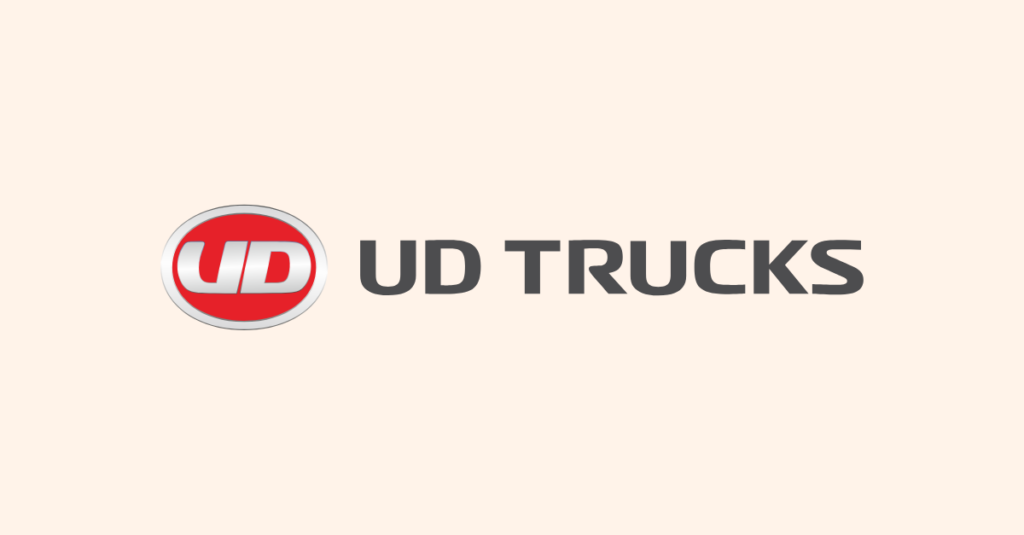In fast-evolving digital times, businesses need to continuously innovate, adapt, and deliver value to customers at an unprecedented pace. It is quite challenging to keep up with the demands of the modern world with traditional IT infrastructure. Enter cloud modernization! It is a pivotal strategy to thrive amidst rapid technological advancements and unlock the true potential of important data assets.
In this blog, we focus on the key aspects of cloud modernization:
- Meaning of cloud modernization
- How cloud and data modernization are intertwined
- Benefits of cloud modernization
- 82% of organizations say that migrating to the cloud is a stepping stone to digital transformation.
- $8 out of $10 for IT hosting will go toward the cloud by 2024.
- 47% of organizations follow a cloud-first strategy for deploying new applications.
What is cloud modernization?
Cloud modernization refers to the process of continually updating and transforming existing legacy applications, infrastructure, and data systems to gain the advantages of cloud-based solutions. Legacy systems are re-structured in cloud environments to make them more scalable and efficient
Key aspects of cloud modernization
1. Application modernization – Involves processes related to refactoring or rearchitecting existing applications to be cloud-native.
2. Infrastructure modernization – Involves the migration of on-premises servers to cloud-based infrastructure.
3. DevOps and automation – DevOps practices are adopted along with the use of automation tools to simplify the modernization process. Provisioning and deployment of cloud resources are automated via the implementation of continuous integration and delivery pipelines and IaC (infrastructure as code).
4. Data management and analytics – Includes the establishment of data management practices in the cloud. Cloud-native analytics tools are leveraged for generating insights from data assets.
Innovation at its best: Where cloud and data modernization meet
The concepts of data modernization and cloud modernization go hand in hand and reinforce each other. When businesses modernize data infrastructure and practices in the cloud, it becomes easier to harness the potential of data assets. It powers organizations with improved data accessibility across different departments
Data modernization involves the continuous optimization of data infrastructure and processes to make data more reliable and usable. Cloud acts as the perfect enabler here. It offers flexible and scalable platforms for businesses to store, process, and analyze large data volumes.
Data integration is one more area wherein cloud modernization and data modernization work together. While data modernization ensures data consolidation from various sources including internal systems and third parties, cloud modernization powers the consolidation process. It offers scalable storage resources and platforms to ingest diverse data sets.
Companies aiming for data modernization need to ensure effective data governance and security compliance within their organizations. Here comes cloud modernization. It provides businesses with the most suitable compliance frameworks, robust security measures, and the right access controls. Cloud platforms follow industry-standard practices to help organizations address the challenges related to ensuring data security and privacy.
Benefits of cloud modernization
1. Improved agility and more time to market
Enable faster deployment of applications with cloud-based resources. The resources are available on-demand which allows organizations to quickly provision and configure infrastructure as required. Cloud modernization empowers organizations to scale up or down their resources based on workload demands. This further enables faster response times and reduced time to market new business initiatives.
2. Better cost savings
Cloud-based solutions are based on a pay-as-you-go model, which means you pay only for the resources you use. Cloud modernization saves you from upfront investments in hardware-based infrastructure and maintenance.
3. Enhanced security and compliance
Most cloud solution vendors come with advanced security capabilities including end-to-end encryption, access controls, and threat detection systems. Regular security audits and certifications are conducted to ensure industry-focused compliance.
4. Secure data sharing and collaboration
Businesses can leverage world-class features like secure data sharing, data access control, and real-time collaboration. It enhances overall productivity and teamwork in remote work environments.
Seamless cloud modernization with LumenData
LumenData provides enterprises with an end-to-end approach for their cloud modernization journey. It includes developing the right cloud strategy, migrating to the cloud, selecting a suitable cloud vendor, optimizing existing cloud services, and building data architectures in the cloud.
Here’s a complete view of our cloud modernization services:

Get in touch with us to discuss how we can accelerate your cloud modernization efforts and help you stay on top of business transformation.
Authors:

Shalu Santvana
Content Crafter

Ankit Kumar
Technical Lead

Shalu Santvana
Content Crafter

Ankit Kumar
Technical Lead




